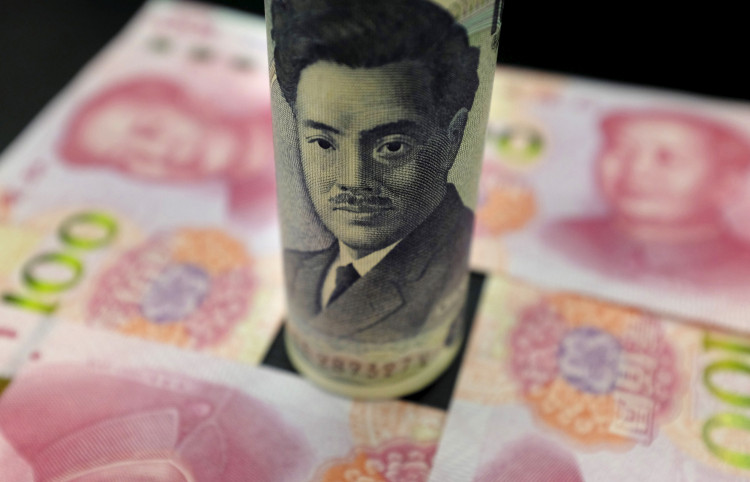China's foreign exchange reserves saw a noticeable dip in August, dropping to $3.16 trillion, which is $44.2 billion less than the previous month, marking a six-month low. This decline of 1.38% was released by the State Administration of Foreign Exchange (SAFE) and is attributed to a combination of global economic factors, including the strengthening of the U.S. dollar and the fluctuation of global financial asset prices.
According to SAFE, macroeconomic data from major economies and anticipations about monetary policies significantly influenced the U.S. dollar index, which experienced a rise leading to a general downturn in global financial asset prices. This, in turn, contributed to the reduction in foreign exchange reserves due to asset price changes and exchange rate conversions. Despite this decline, China's economy continues to exhibit resilience, potential, and vitality, hinting at a positive long-term outlook.
Zheng Houcheng, Chief Macro Economist at Yingda Securities, conveyed to Jiemian News that the August drop was mainly due to asset price shifts and alterations in the U.S. dollar index. The rise in the U.S. Consumer Price Index (CPI) and Producer Price Index (PPI) led to an increase in the yield on 10-year U.S. Treasury bonds, consequently suppressing bond asset prices within the foreign exchange reserves.
From a currency perspective, major currencies experienced a decline against the strengthening dollar. The euro fell 1.4%, the yen saw a 2.3% decrease, and the pound dipped by 1.3% against the dollar, with the yuan also depreciating by 1.8%. Furthermore, China's trade surplus in August decreased by $12.24 billion from July, reaching a near three-month low and diminishing the support for China's foreign exchange reserves.
Zheng also mentioned that the short-term outlook doesn't predict a significant rise in China's foreign exchange reserves. Factors like the anticipated increase in the U.S. CPI and PPI for August are likely to reinforce the Federal Reserve's hawkish monetary policy stance. Consequently, it is expected that the yield on 10-year U.S. Treasury bonds will remain elevated, and the U.S. dollar index will continue to show strength.
The onshore yuan-to-dollar exchange rate closed just a basis point away from a 15-year low set last November. Despite these pressures, including the divergence in domestic and foreign monetary policies and the inversion of China-U.S. interest rate differentials, market expectations are gradually stabilizing with the frequent introduction of favorable policies and the central bank's timely intervention with exchange rate stabilization tools.
As China navigates these complex financial waters, the fluctuations in its foreign exchange reserves serve as a critical indicator of the global economic landscape and the intricate interplay of international monetary policies.






